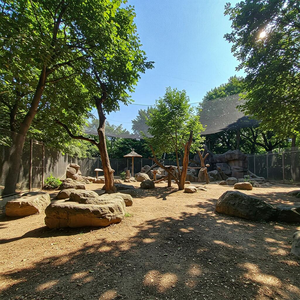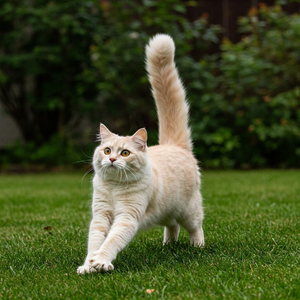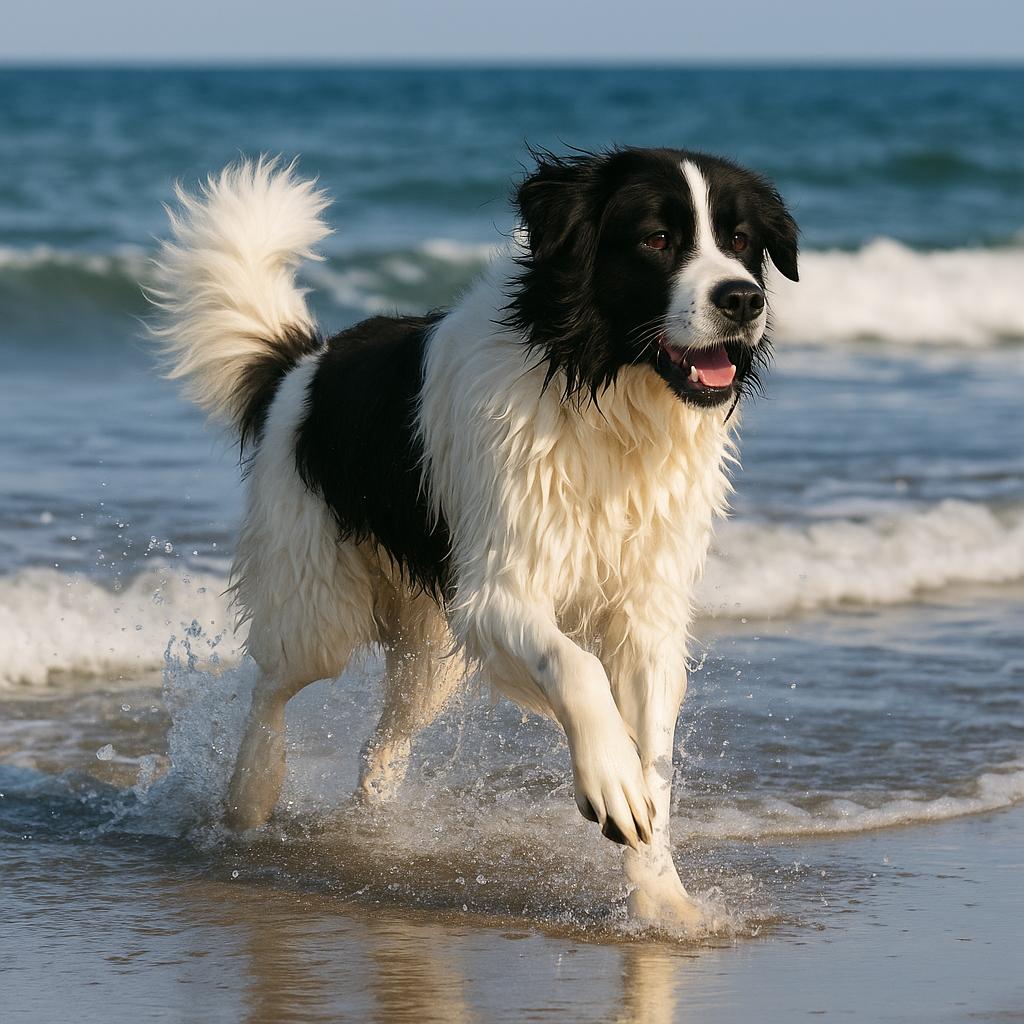
Landseer Dog Breed: Noble and Reliable Companion
The origins of the Landseer dog breed still remains highly controversial; for some it comes from Scandinavia, for others from Canada. Certainly given its fur it comes from the north. As can be seen from the photos, the Landseer looks very much like the Newfoundland, except for the coat fur, which in the Newfoundland is completely black, while in the Landseer it is black and white in patches.
However, the Landseer and the Newfoundland and also the Pyrenean mountain dog are thought to have common ancestors.
At first it was thought that the Landseer was a subspecies of the Newfoundland, then it was noted that genetically it would be impossible for any Landseer to come all black sooner or later. Thus arriving in England in the wake of British navigators, this imposing water-loving dog immediately garnered great interest, especially from the nobility and upper middle class.
He was named after a London painter Sir Landseer, who portrayed him several times in the black and white tones that distinguish the breed. The Landseer is known in Norway, Sweden, Scandinavia, Germany and Switzerland; elsewhere it is virtually unknown.
Selection of the present Landseer was started by the Germans after World War I from the few remaining specimens in Germany and Switzerland when the breed was about to disappear, supplanted by the Newfoundland with which it is still often confused. Now the only countries breeding the Landseer are Germany and Switzerland.
Character of the Landseer dog breed
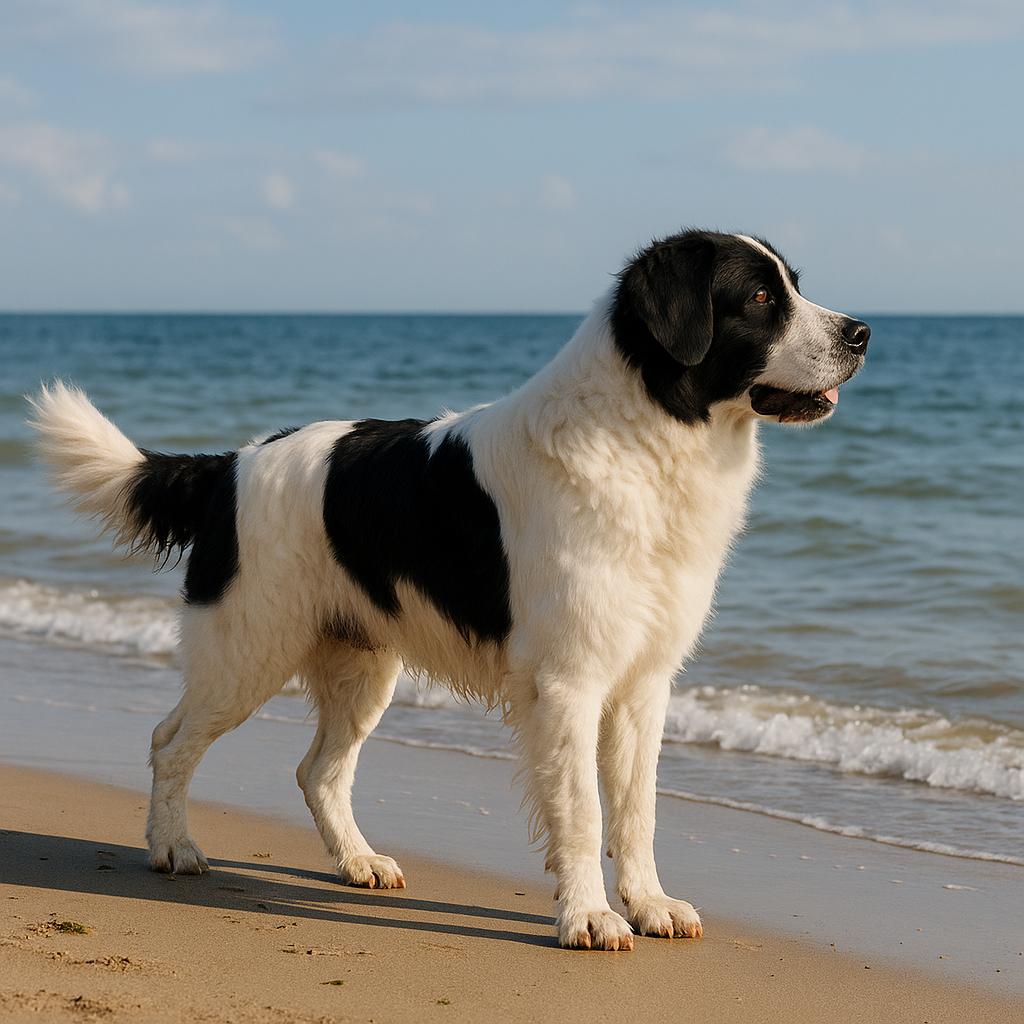
He can also live in an apartment, as long as he has some room to himself, however given his size the ideal is a garden where he can spend several hours outdoors. At home he is a very clean animal, does not stink and drools very little. He has a calm disposition and is not easily angered. He is affectionate, although he is not very prone to great outbursts of affection or liveliness. He really loves being with children, toward whom he has a lot of patience.
He really loves water, even cold water, and nature; he likes swimming and walking in the woods and does well especially in cold climate areas. He tends to stay snoozing, so it is good to urge him if you want a dynamic dog. At home he is so quiet that sometimes you forget he is there.
Training a Landseer is fairly easy as this is a calm and placid dog that shows no signs of aggression. Once educated it always tends to listen to its owner without any hesitation.
Appearance of the Landseer dog breed
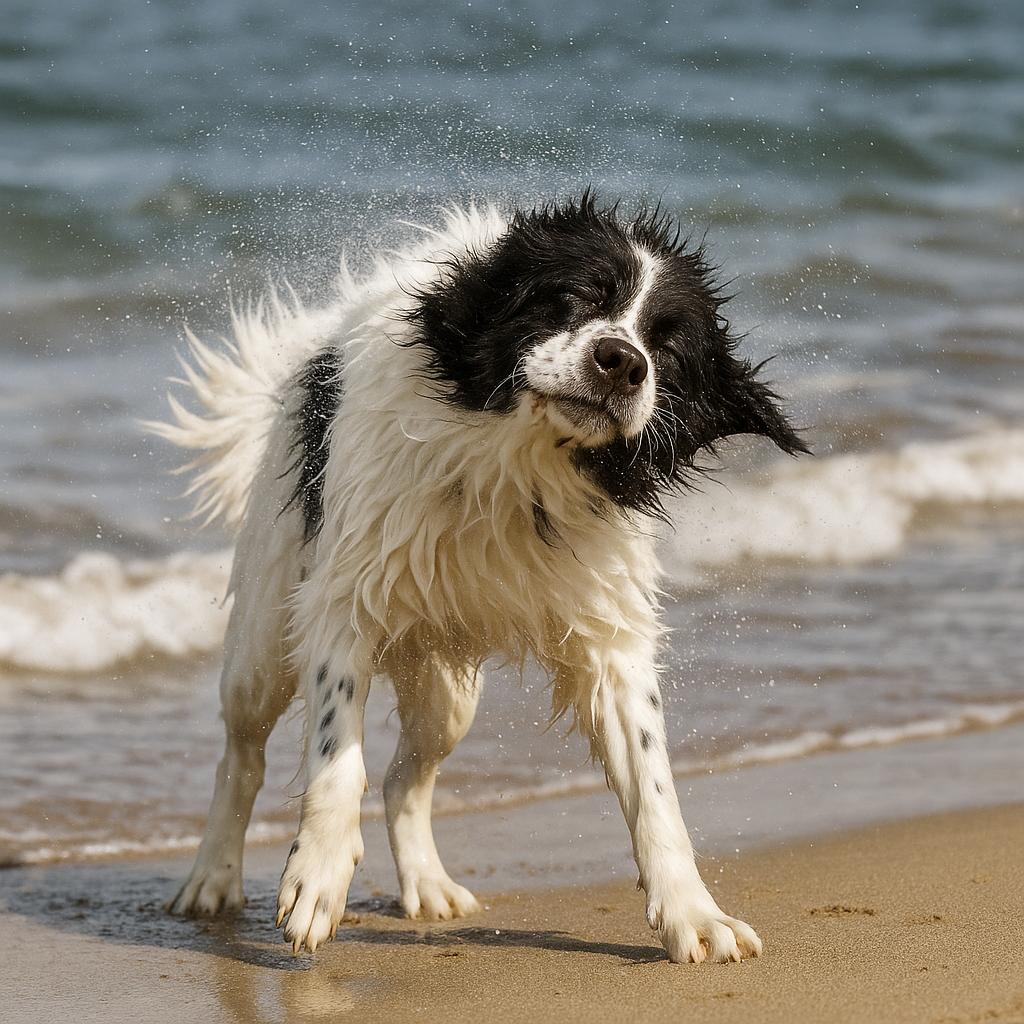
It is by no means clumsy; on the contrary, it shows harmonious curves and well-proportioned size. It is a sturdy dog, hardy and able to protect itself from the harshest weather conditions because of its coat, which is very thick and water-repellent.
Physically, it is the same as the Newfoundland, except for its coat, which in the Landseer is white and black, mottled, while in the Newfoundland it is completely black. The limbs of the Landseer are longer and more temperamental; the Newfoundland is more expansive and playful. Unlike the Landseer the Newfoundland is not a guard dog.
The skull is broad and massive, covered with a thick layer of short, fine fur. Its wall is well proportioned and ends in a black-colored truffle. The eyes are medium-sized, almond-shaped and dark in color. The ears are triangular in shape, but with a rounded lower tip. The tail is covered with a fairly thick coat. It is normally carried low, but when the dog is on the move or in a state of excitement, it is elongated, in line with the hock and slightly pointing upward.
The coat is long and thick, it also comes with a thick undercoat, which combined manage to keep the dog from suffering even in cold temperatures that drop below freezing. The typical color of the Landseer involves a predominance of white with black patches, along the trunk. Normally white are the neck, chest, legs, belly and tail, while the head is black with a white central line that continues along the muzzle, which is also white.
Health and care of the Landseer dog breed
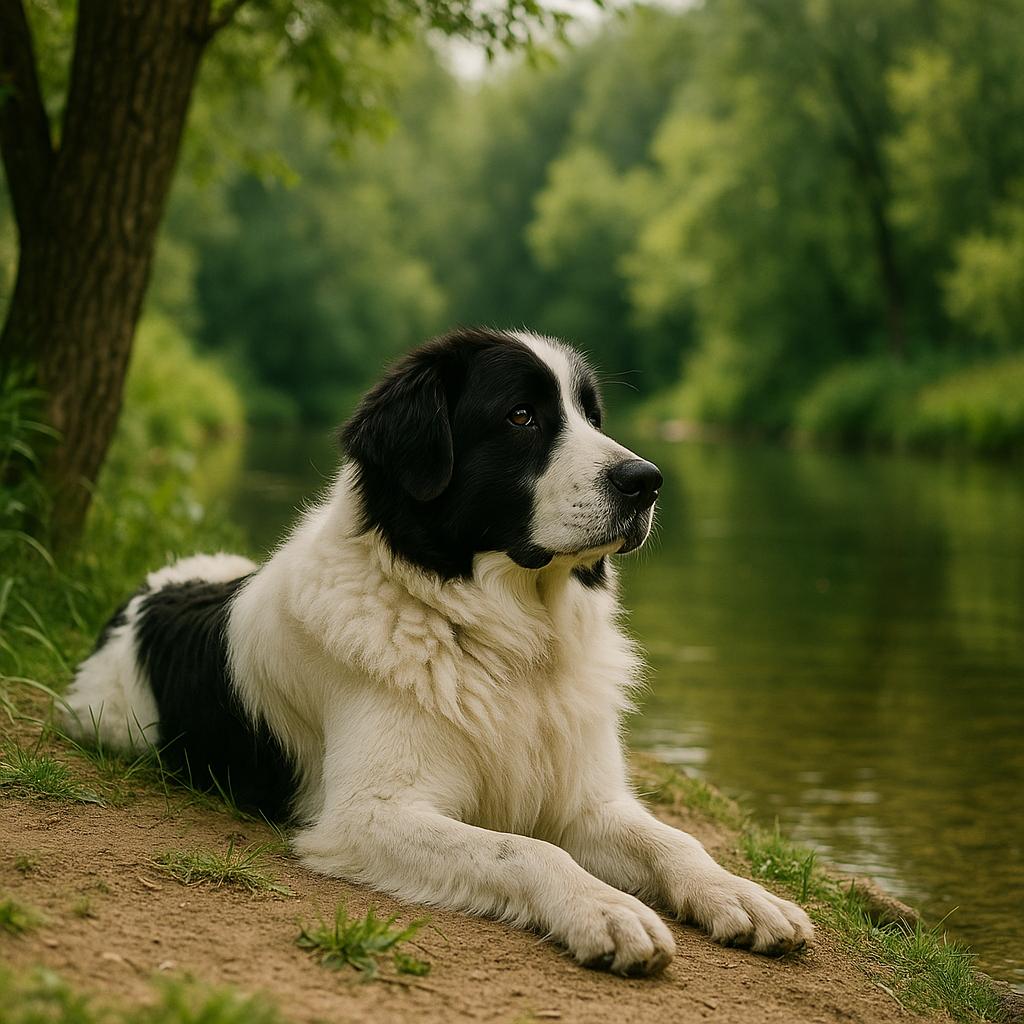
Regarding coat care, this needs a weekly brushing; it must be protected from heat, while cold is not a problem. The diet needs to be balanced and he needs physical activity otherwise he can gain weight quickly.








